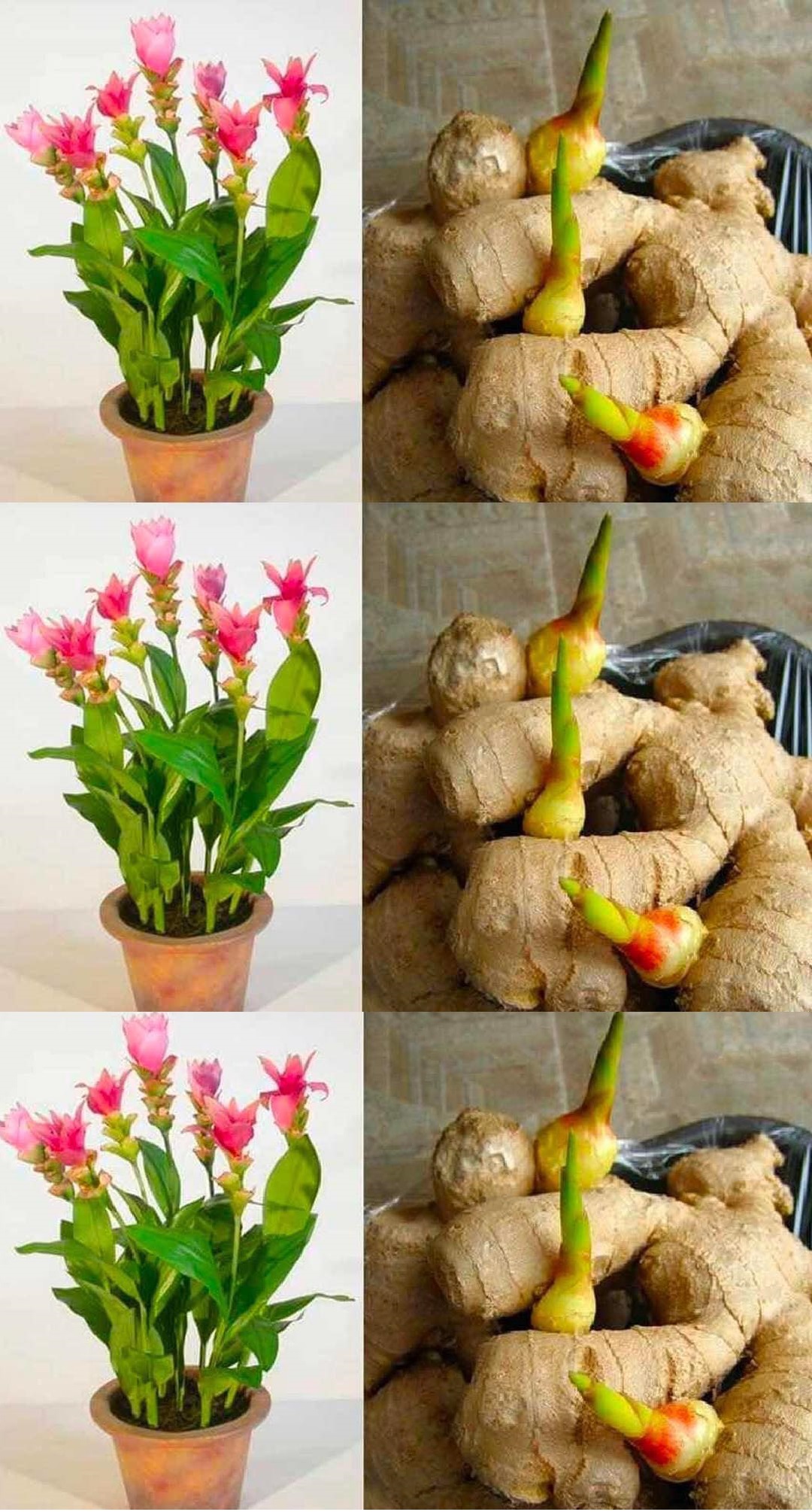Simple techniques for growing ginger at home
Written by Lesia
with the kitchen, ginger is valued for its distinct flavor and aroma, which tends to be spicy, as well as for making herbal teas, compresses, and combinations that utilize its various health benefits, such aiding with digestion or relieving coughs.
Ginger can be used either fresh or powdered. Although many people believe that because ginger is an oriental spice, it is difficult or impossible to cultivate indoors, it actually doesn’t require any special care and can be grown in pots without risk.
Planting
- Ginger root is best planted between the end of winter and the start of summer, using a rhizome (root) that ideally has a few shoots. It is better to purchase it from organic product stores rather than the supermarket variety, which may have been treated with chemicals to slow germination.
- Since it is a crop that requires a lot of food, a fairly large and deep pot is advised, packed with compost and well-drained clayey-sandy soil. This is because the roots need room to grow.
- A 35 cm diameter pot can hold up to three plants. If the rhizome has many shoots, it can also be divided into multiple sections, each of which has at least two shoots, to produce more plants from a single root.
Development
The rhizome should be buried a few centimeters below the soil’s surface, with the shoots facing upward. It should be watered frequently, at least once a day, but not so much that it becomes stagnant. The pot should be kept in the sun, even though it can grow in shady spots. Because it loves the hot climate, it should never be below 15 degrees.
Blooming
The ginger plant often blooms in the form of a yellow or red ear after five to six months, but it’s wise to trim any blossoms that are stealing nutrients from the rhizome. The blossom is stunning!
Gathering
- Although the ginger can be collected after this point, it is often preferable to wait until the leaves have dried.
- Some of the rhizomes can be used fresh in cooking after harvest, while others can be reburied (they don’t need water or special attention until the temperature rises again).
- To utilize all of ginger’s health benefits, the gathered rhizome must be cleared of dirt and secondary roots. If it isn’t going to be used right away, it can be dried in the sun or ground into a powder.
- Because it requires less water in the winter, the ginger jar can be stored on the balcony or patio throughout the summer and then moved inside, away from cold temperatures.

